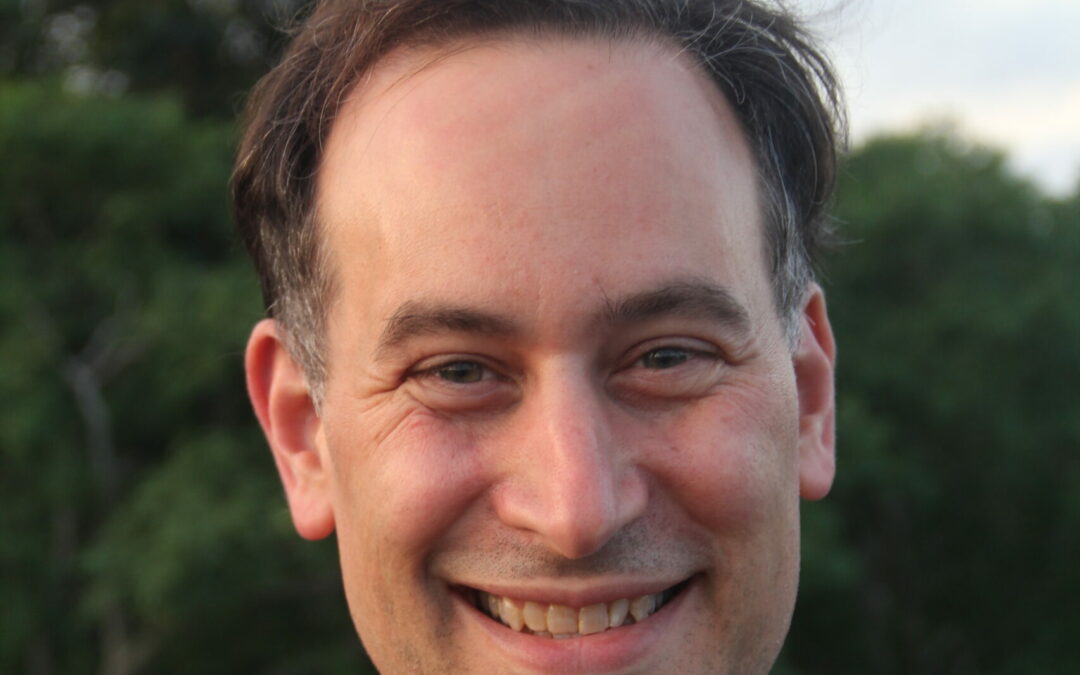
by Michele Kirichanskaya | May 31, 2024 | Blog
David Levithan is the author of several books for young adults, including Lambda Literary Award winner Two Boys Kissing; Every Day; Nick & Norah’s Infinite Playlist and Dash & Lily’s Book of Dares (co-authored with Rachel Cohn); Will Grayson, Will...

by Michele Kirichanskaya | Mar 23, 2024 | Blog
Maurice Vellekoop was born in Toronto in 1964. After graduating from Ontario College of Art (now OCADU) in 1986, Maurice Vellekoop joined Reactor Art and Design, an agency for illustrators. In a more than thirty-five year career, Maurice Vellekoop has worked for top...

by Justin Lockwood | Jun 26, 2020 | Blog
This week we lost gay filmmaker Joel Schumacher at age 80. Although openly gay from the beginning of his career—he started out as a costume designer before making the leap to film directing with 1981’s quirky The Incredible Shrinking Woman—he wasn’t known as a...




